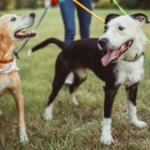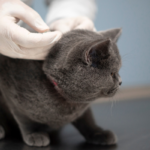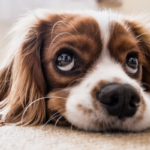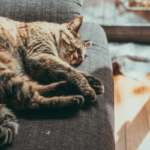Sometimes our cats and dogs require surgery, from desexing to dental procedures, to lump removals or orthopaedic procedures. We know leaving your furry friend at the clinic for surgery can be a scary experience, so we’d like to give you an insight into how your pet will spend their day and in some cases stay overnight. Hopefully this will put your mind at ease that they are having comfortable, high quality, professional care during their stay with us:
1. Arrival
When you arrive, you will be greeted by one of our friendly nurses who will talk you through our surgery consent form. We will ask when your pet was last fed, whether they have any allergies, and whether they are currently taking medication.
You may also be given the option to provide intravenous fluids or undertake preanaesthetic blood testing for your pet. Intravenous fluids, or a ‘drip’, helps to maintain your pet’s blood pressure while they are under the anaesthetic. It also helps them recover from the anaesthetic faster and allows rapid intervention with medications if needed to assist with their anaesthetic and pain control.
Preanaesthetic blood testing involves taking a small blood sample and running a quick in-house test that gives us a snapshot of your pet’s kidney and liver function prior to undergoing the anaesthetic. This helps us check their overall health and can help us choose the most appropriate medications to use for your individual pet. Unless otherwise discussed, these two extras are optional.
Once the consent form is finalised, we will discuss an estimated time for discharge. (Please note, while we try our best to accommodate, given the unpredictable nature of the medical industry, occasionally this may be later than expected. We will contact you if there are any changes and you are free to contact the clinic at any time for a progress report on your pet.)
Your pet will then be weighed and once you’ve had a cuddle, we will then take them to their bed for the day. Our clinic is equipped with heating and cooling to keep your pet as comfortable as possible.
Please feel free to let us know if you want more frequent reporting on your pet’s progress, for example when surgery is starting or when it has finished and when they have safely recovered. Remember if anything is concerning the vets or nursing staff a call will be made to the contact on the admission form and the procedure suspended if appropriate until you are fully informed of the situation. It is therefore vitally important that the contact be available to answer if required. If there is answer or we cannot get in contact with you, we use our best judgement to handle the situation and provide what is best for the patient.
2. Premedication
During the morning, your pet will be examined by the veterinarian. We will check their pre-surgery vital signs, which includes their heart rate, respiratory rate and temperature.
It is during this time that we will also run pre-anaesthetic blood tests and place an intravenous catheter port in the foreleg for all patients and connect them to intravenous fluids if elected. Your pet will then be given a sedative and pre-emptive opioid pain relief injection to help them relax and reduce the amount of stronger anaesthetics required to keep them asleep.
3. Surgery
In order to anaesthetise your pet, we administer a strong short acting anaesthetic solution injection into their intravenous catheter. Within seconds your pet will be asleep. We then place a tube into their trachea (‘widpipe’) to maintain their airway while they are under anaesthetic. Through this tube we can deliver oxygen and the anaesthetic gas to keep them asleep.
While your pet is under anaesthetic, a nurse or vet continually monitor their vital signs, including their heart rate, respiratory rate, blood pressure and oxygen levels. Meanwhile, the surgical area is clipped and prepared for surgery to begin.
Once surgery is completed, your pet is given more pain relief to last the next 24-48hours. For more painful procedures, repeated opioid medications are given as well and some patients stay in overnight on a pain relief infusion through their drip line.
4. Recovery
After surgery, your pet is carried back to their bed and monitored while they wake up. Once they are awake, our nursing staff will take them for a toilet walk and if appropriate, they may be offered water and a small meal. They also receive plenty of treats and cuddles!
Once we are satisfied that your pet is fully awake and mobile, we will call you to organise their home time. For day procedures, this may be anywhere between 3 and 5:30pm.
5. Discharge
When you arrive to collect your pet, the vet will have prepared a home care handout and our nursing team will discuss your pet’s procedure with you, including any medication and home care information you need. We will organise a follow-up appointment before reuniting you with your little friend!






